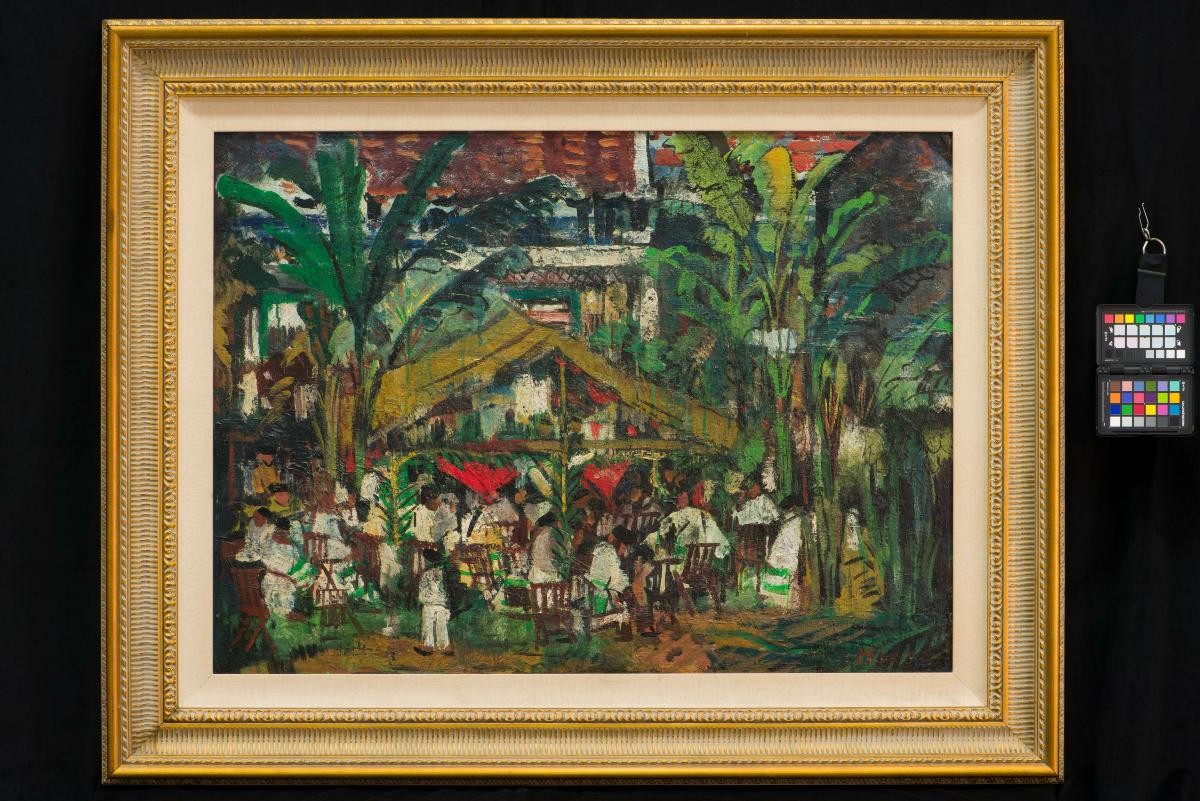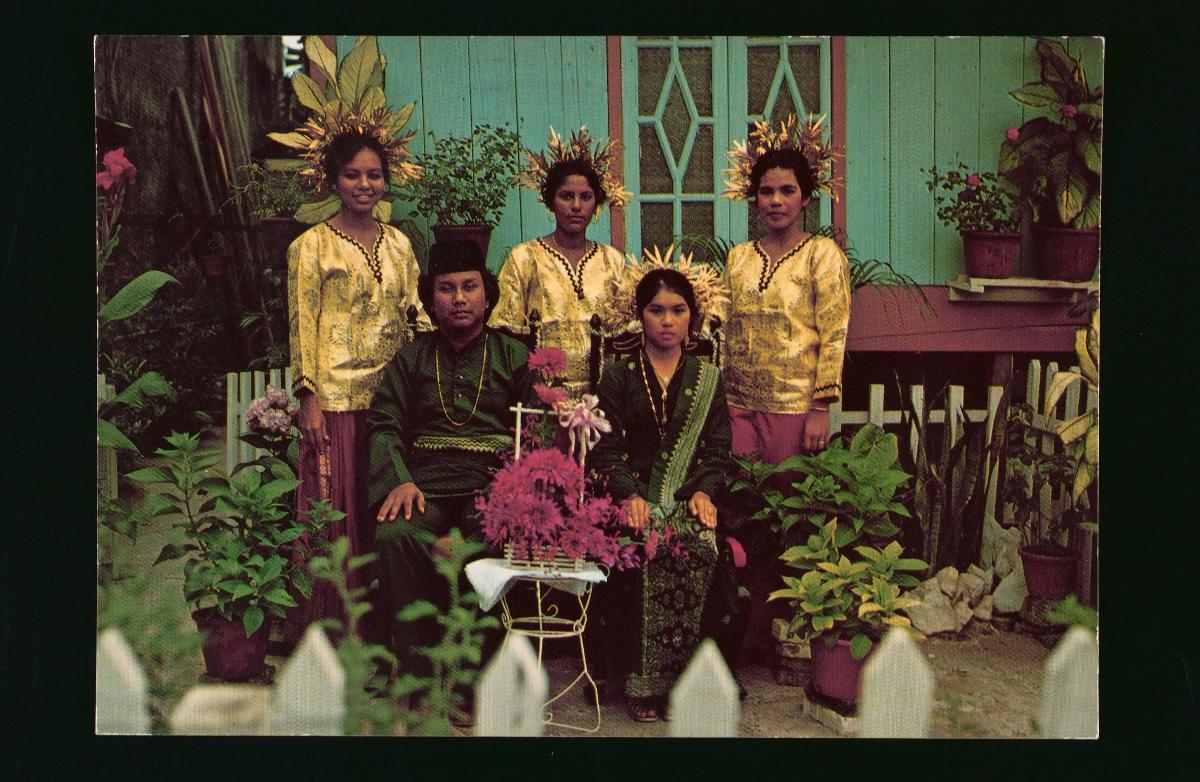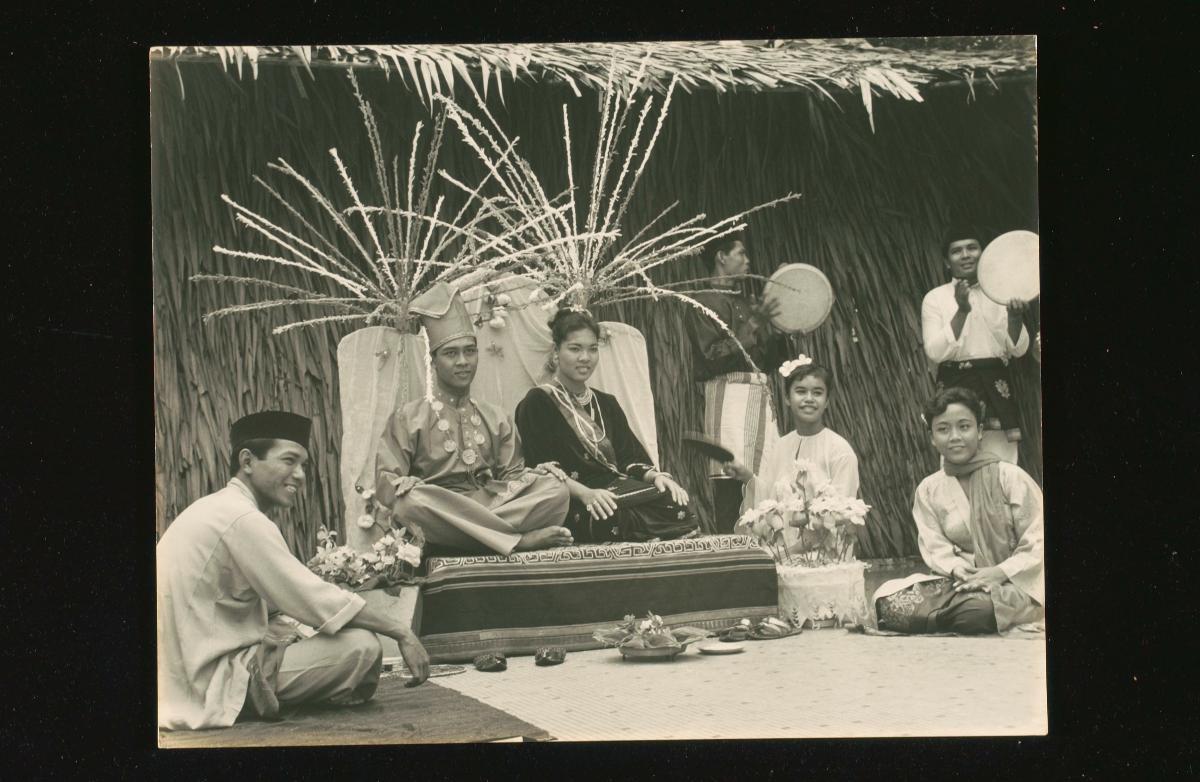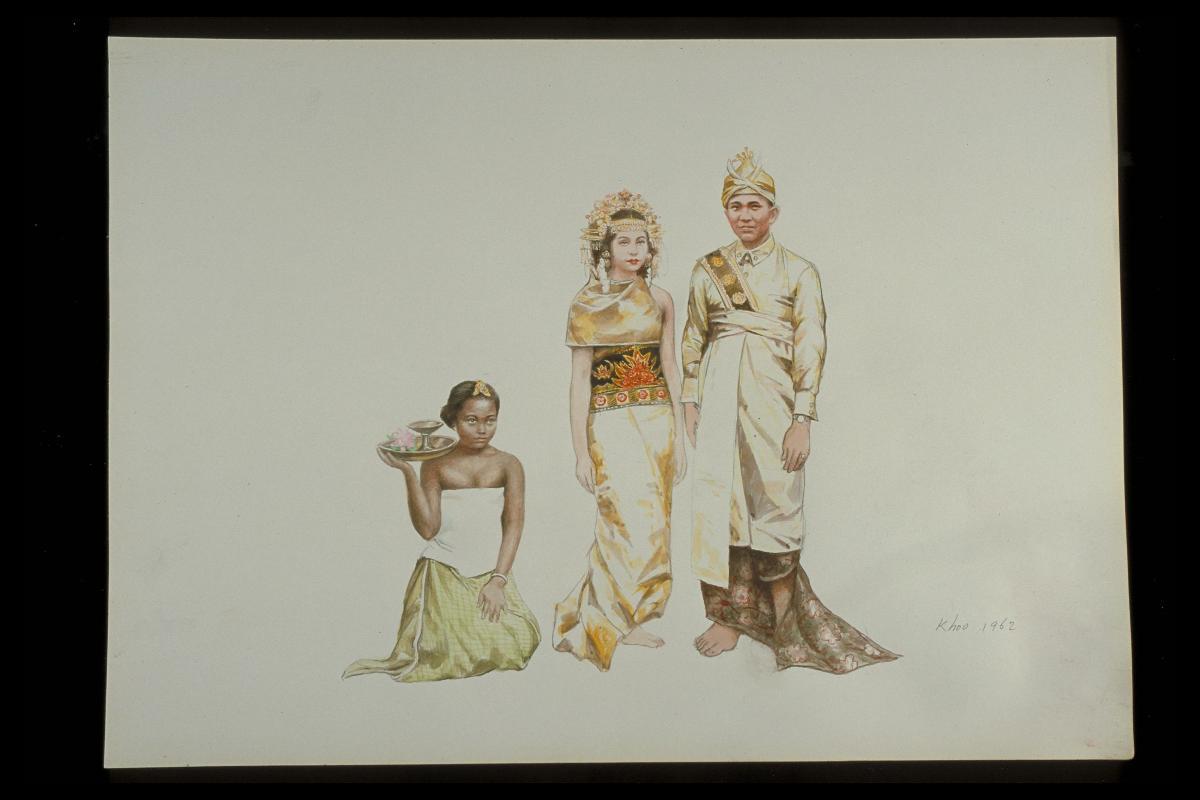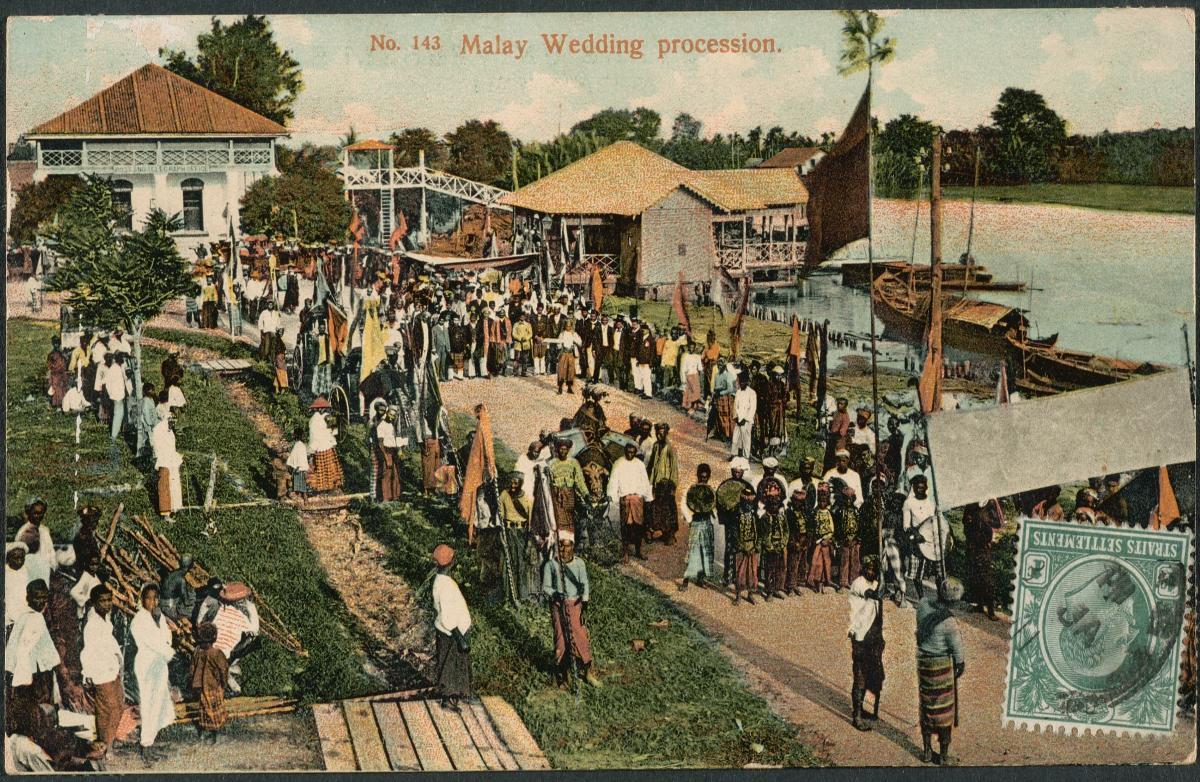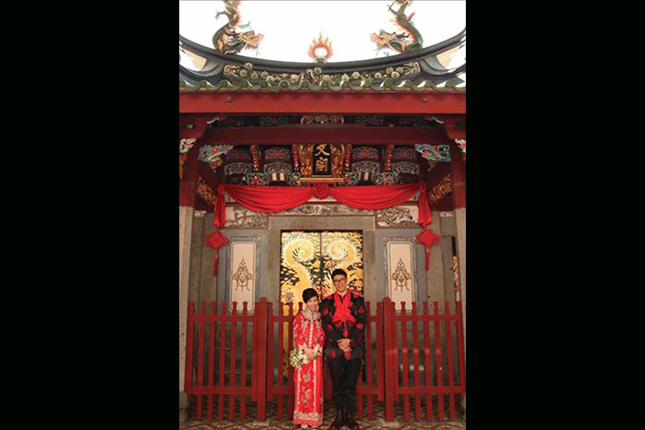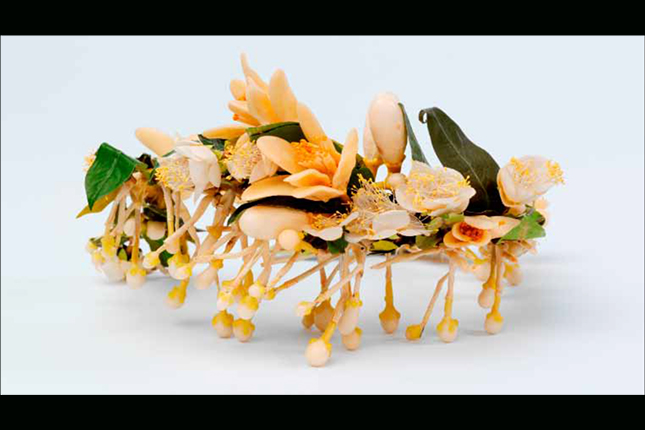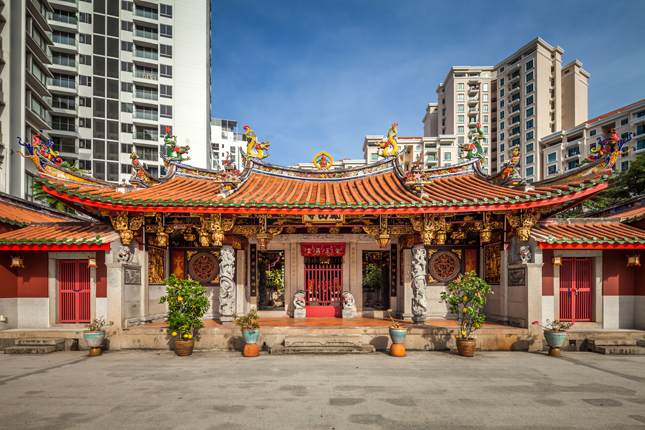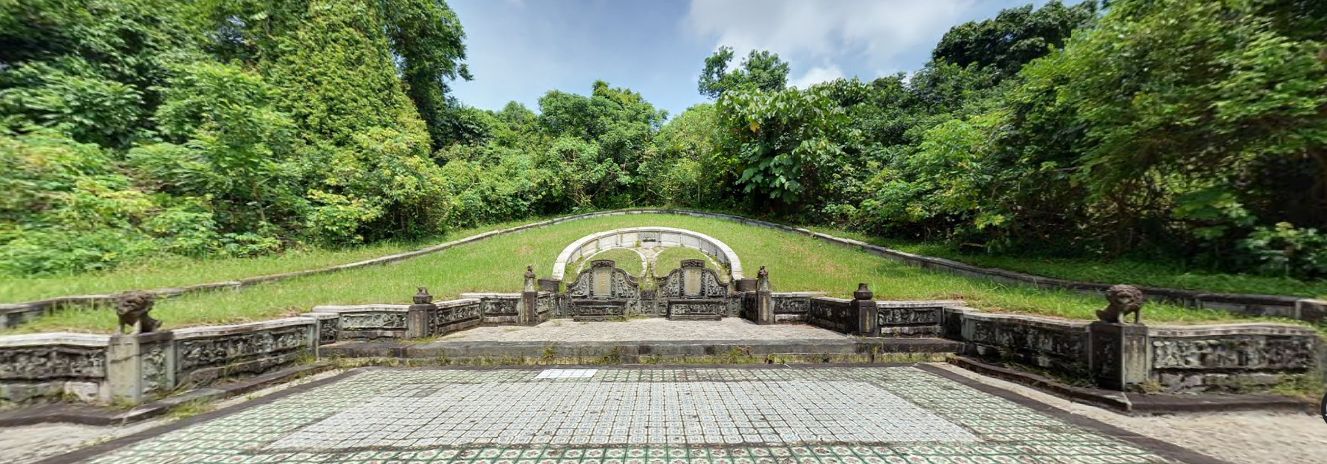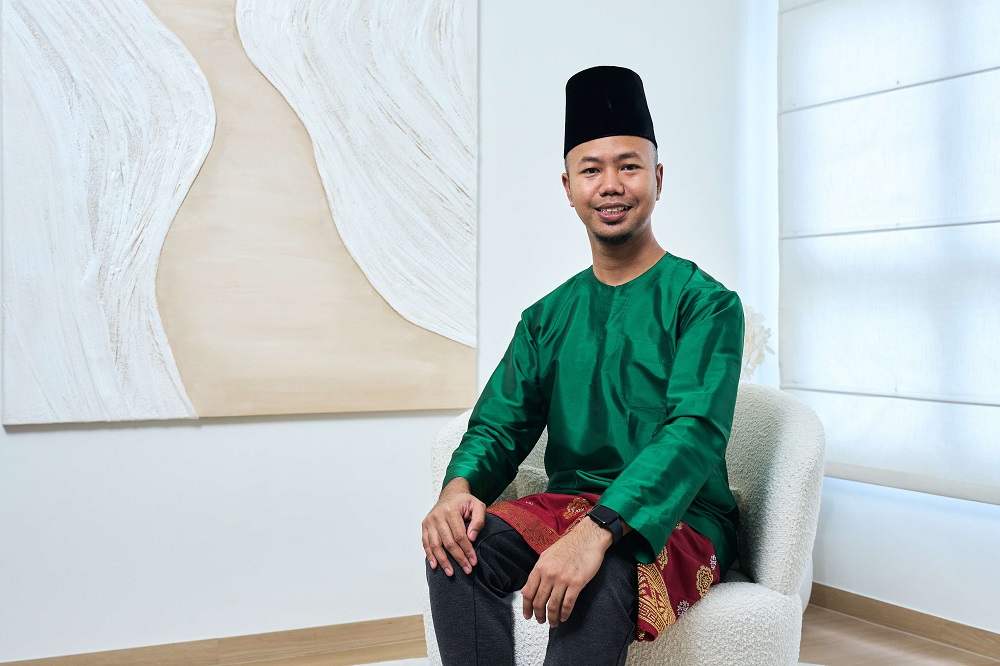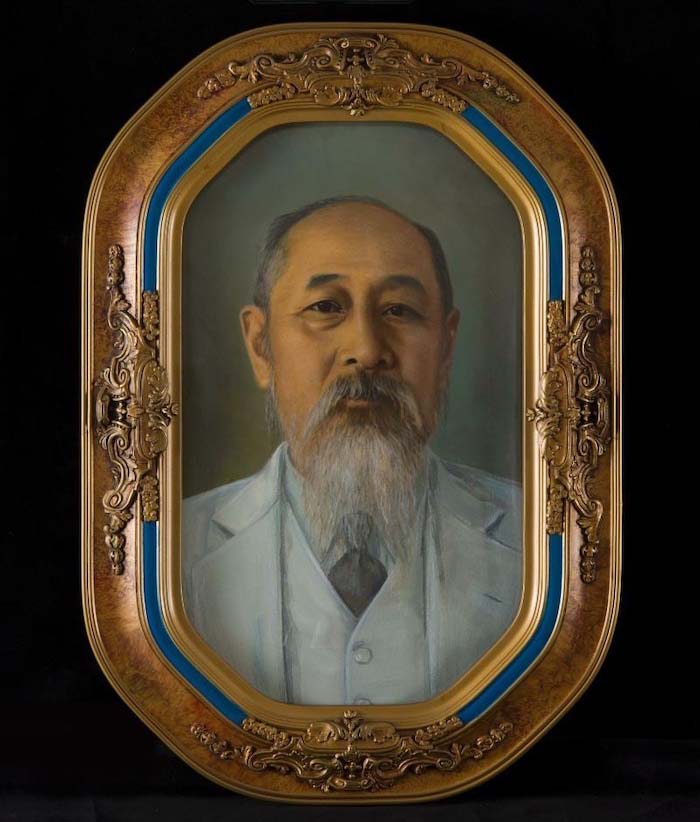Frame size: 98 x 123.8 cm
The work “Malay Wedding” may stand as one of the best examples that encapsulates Lim Hak Tai’s thoughts on the Nanyang Art. With a chosen subject matter from local environments, the pictorial representation is a result of syncretic approach. It shows the post-impressionist rhetoric with emphasis on colour vibrancy and expressiveness of brushstrokes, and this is integrated with a succinct depiction of the essence of the subject matter as a principle of the Chinese pictorial convention.Lim Hak Tai (1893-1963), founding principal of Nanyang Academy of Fine Arts, was a distinguished art educator with broad vision and selfless dedication, and also an accomplished and prolific artist. His contribution towards art education has been widely recognised in the Southeast Asian region and his artistic endeavour deserves more recognitions and researches in the context of Singapore art history. The first half of Lim Hak Tai’s life, from 1983 to 1936 or 1937, was spent in his homeland, Xiamen, China. From 1913 to 1915, Lim studied at Fujian Provincial Teacher’s Training College in Fuzhou, the capital city of Fujian province. In 1915, he graduated with a diploma in applied arts. Between 1915 and 1937, he served as a teacher in several schools in Xiamen and Jimei. The milestone of his art education career during this period is the founding of the Xiamen Academy of Fine Arts together with Huang Suibi and Yang Gengtang in 1923. In the Academy, Lim was the head of disciplinary affairs and art education department. Some time between 1936 and 1937, he left Xiamen for Singapore, most possibly due to the outbreak of the second Sino-Japanese War in China in 1937. With the invitation and support from the local Jimei School alumni, he became the founding principal of the Nanyang Academy of Fine Arts (NAFA). The academy was officially registered in 1938. Lim valued inter-cultural transformations as a key to the formation of the local and regional art. He stressed the importance of the “localness” embodied in the artistic creation, which in his view is not only focused on the aesthetic expressions inspired by tropical characteristics, but also with the reflection of social and human concerns pertaining to the local and regional contexts as well as to the broader context concerning the spirit of the time in general. In this respect, Lim’s notion of Nanyang art is coherent with his view on the function of art, which needs to engage directly with life and society for improvements. In short, his notion of Nanyang art is open and inclusive, which provides a broad and sustainable context for diverse artistic explorations and evolutions.




